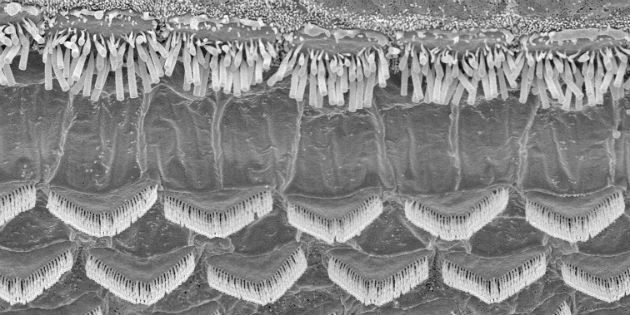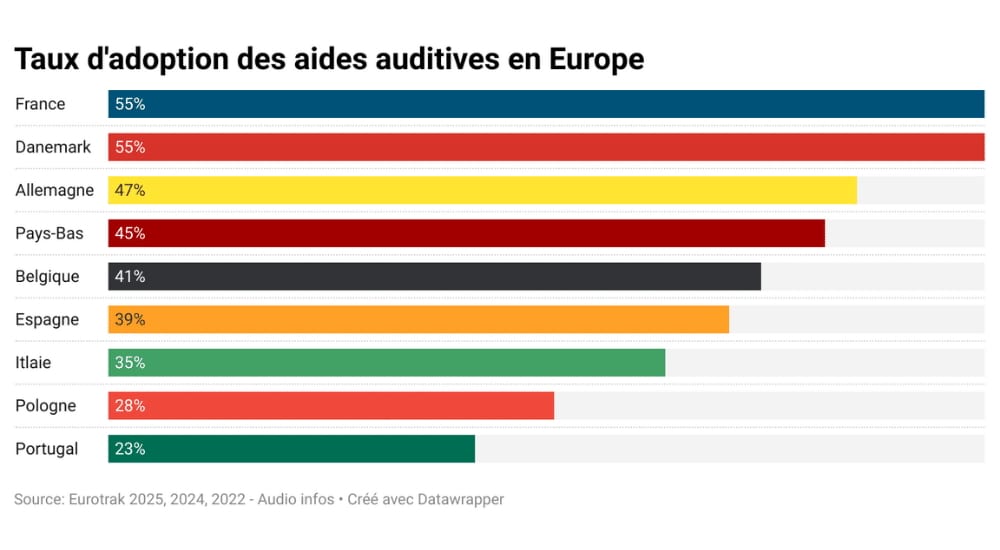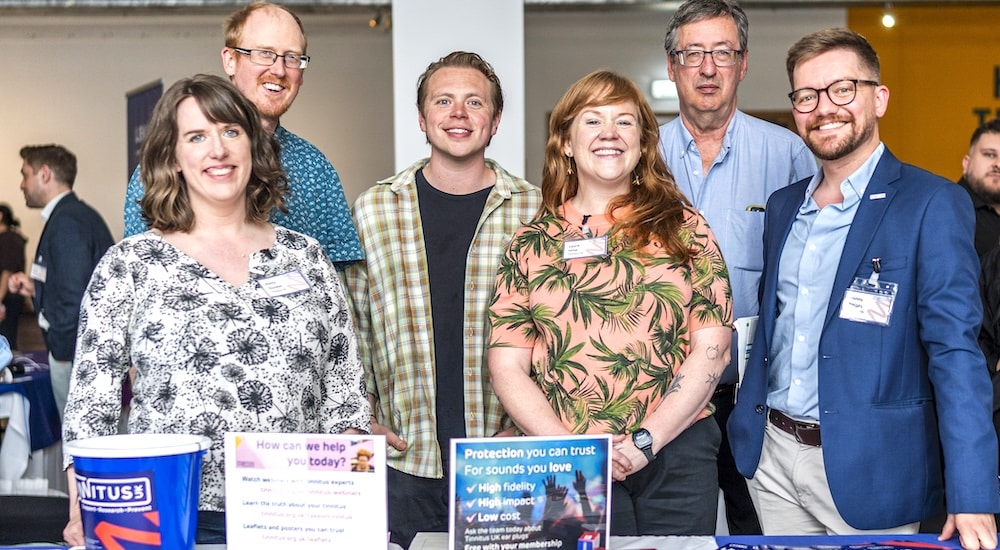Sea anemone proteins can repair mouse cilia
Hair cells
Researchers from the University of Louisiana at Lafayette, Lafayette, USA, have found in an experimental study that anemone-derived repair proteins (RPs) help to restore normal function and structure of traumatized hair cells of the mouse cochlea.

Hair cells in mammals are known to have a limited ability to regenerate after being damaged. Sea anemones (Actiniaria), however, are able to regenerate hair cells after damage very well. Sea anemones use their tentacles which are covered in these cells as a vibration-sensitive organ to locate prey.
It was found that sea anemones have the ability to regenerate cells in as little as a few minutes, through a set of proteins in the mucus that coats sea anemone bodies. This finding prompted the researchers, led by Glen Watson PhD, to study the regeneration potential of repair proteins in damaged mouse cochlear cells, a suitable model for testing molecular activity in mammals.
What the researchers found when they added the repair protein mix to damaged mouse hair cells for 1 hour was that the hair cells recovered significantly. In their damaged state, the cells were splayed and could not take up a dye readily absorbed by healthy cells. After the treatment, the cells were no longer splayed but formed well-organized bundles. In addition, they once again took up the control dye. Further studies will now be needed to understand the underlying mechanism.
Source: Inside JEB; Tang PC., et al. Repair of traumatized mammalian hair cells via sea anemone repair proteins. The Journal of Experimental Biology. 2016 Aug 1;219(Pt 15):2265-70.


